Melbourne Convention 2025: The Impacts of Digital Growth on Enterprise, Datacenters & Cloud in Victoria
The return of the W.Media Convention to Melbourne on April 3rd 2025 takes place as the city achieves recognition as a growing leader in digital infrastructure. Equinix recently described Melbourne as the fastest growing ‘edge metro’ in the world and analysis from DCByte indicates a substantial forward programme of build which could see capacity across the metro area move over the next few years towards 1 GW.
Our Convention for Melbourne in 2025 will focus on the key factors and requirements that are driving enterprise demand and which will drive growth and direction in future demand for digital infrastructure. The emergence of AI and digital technologies will be considered particularly in terms of the profile of different user profiles and requirements. The decisions made on the basis of ‘sustainability’ will also be discussed and broadened to include the issues of how far corporate brand objectives drive technology decisions and the value of achieving an overall industry identity locally and beyond. Other impact factors from both inside and outside the industry each command their own discussion - hyperscale, legislation, risk and security, connectivity needs.
We will welcome thought leaders, expert speakers and panelists to consider these and other critical issues. The convention will deliver insights, learning, debate and opinion. Keynote presentations, case studies and panel discussions will be supplemented by exhibition halls, tech demonstrations and networking opportunities.
The environmental, social and governance responsibilities which form the basis of ‘sustainability’ are continually evolving in terms of their measurement, management and delivery What are the key learnings from the industry’s history of sustainability so far – what are the successes and achievements, and the areas where improvement may be required? How can sustainability targets be reached across hybrid infrastructure configurations?

This presentation will look at where the Australian market stands in relation to other established markets around the world such as the USA, Japan and Korea. It will examine also the key driving factors for the Australian market and the factors that will change the industry moving forward. What will be the impact of the acceleration of digital technologies in terms of both demand and their operational application?
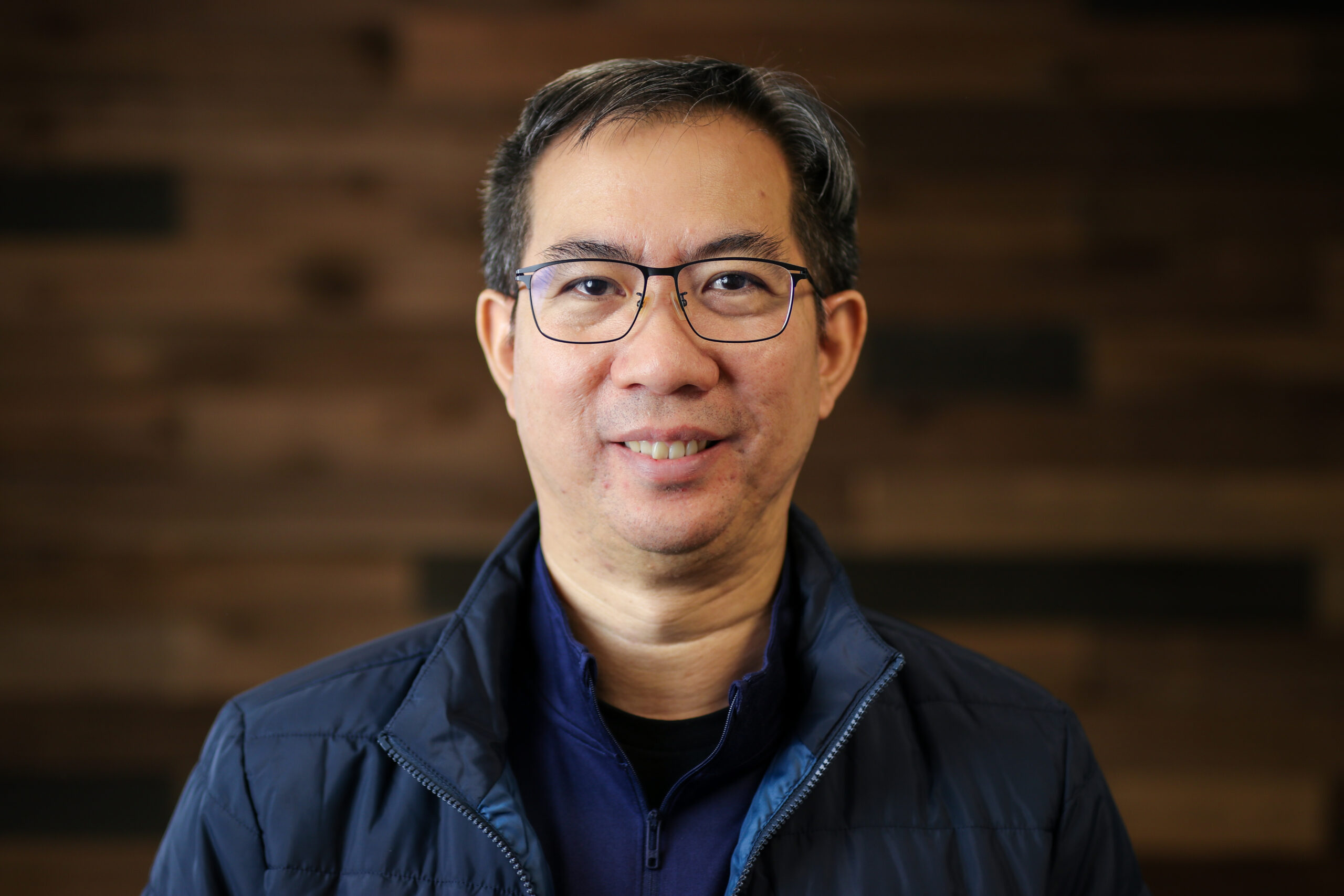
AI is the driving force behind the exponential growth of data centres, currently and into the foreseeable future. Whether it is the number of data centres or the gigawatts of power they require, the increase is staggering. This session explains how the massive and continuing growth of high performance compute, driven by AI, is re-writing the rules of data centre design and operation, and how you can be ready for this changing dynamic, from grid to chip and chip to chiller, whilst still being sustainable.

Cyber threats to telecom and networks systems and infrastructure are continuing to grow in sophistication. A lack of reporting on incidence, causes and impacts in Australia is seen in some quarters as a cause for concern in preparing against future threats. This keynote looks at some of the emerging techniques that have proven useful to telco and data systems in threat mitigation – Steve will look at the role of authoritative data in routing and fraud prevention, and the monetization of number assets as steps that can enhance security in the communications and data ecosystem.

Best practice datacentre management is required to deal with the growing demands on data centres in the context of requirements for continuous availability and cost (and carbon) efficiency. This presentation will describe the process of achieving an overview across the entire data centre and a view of where risks to operations are highest. The keynote will also take the data centre forward in time as AI and other demand sources ratchet up the pressures on data centre operation and management,

Digital infrastructure in Australia is facing a number of key questions, not simply as a result of accelerating demand trends but also due to technologies that are challenging the established means of meeting demand. While the growth of AI learning and delivery is key to future demand, what role can AI play as an operational and planning tool for meeting future demand? How will this change the fundamentals of digital infrastructure strategy, design and operation? How therefore will Victoria’s digital infrastructure of 2034 be different to today?





Cloud computing is considered to offer users agility, flexibility and efficiency in the digital economy and this looks set to continue – according to Grand View Research, the worldwide public cloud services market is forecast to grow 14.1% p.a. from 2023 to 2030. Yet cloud is not static; how will the growing deployment of AI and digital technologies be managed in terms of their strong reliance on considerable volumes of data? What role will cloud computing play in this, and how will the forms in which cloud is made available and specific services develop?

Much focus is placed upon the redundancy and resiliency we build into our data centres. With AI driving the adoption of liquid cooling have we realised we’ve now introduced a single point of failure … the fluid? Join bp Castrol as we share insights and look at the key considerations when deploying direct to chip and immersion cooling in data centre and edge facilities.

Sustainability in data centres has evolved now to focus not just on energy, but on a broader range of natural resources, especially water. As sustainability priorities extend across the supply chain and on to consumers, data centres need to rethink how they source, use, and manage finite resources such as water, the land on which the data centre is built, skills, materials used in construction and operation. They need also to factor in impacts on the local environment and on local communities. Water, in particular, is of growing concern due to its vital role in data centre cooling and operations. .How can data centres respond to these resource challenges with innovation while maintaining operational resilience and future focus?


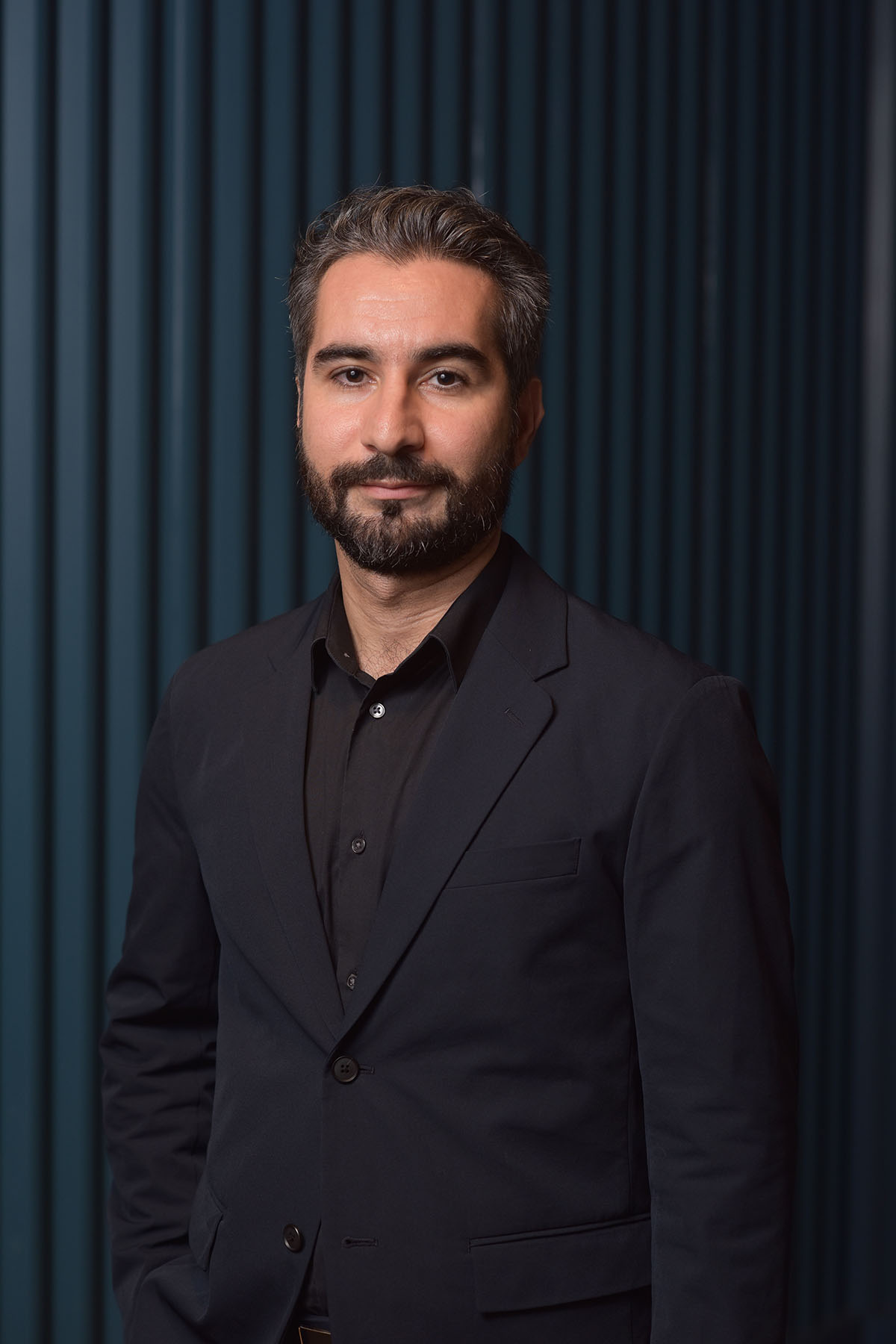
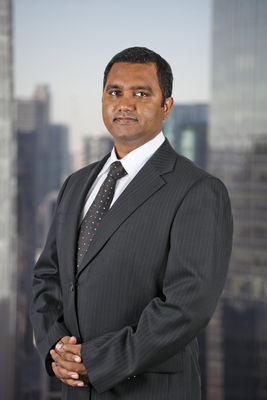

This keynote will look at the impacts of AI on digital infrastructure based on Sumit’s experience of managing datacenter platforms across APAC and on his experience of working with major cloud and telecoms providers.
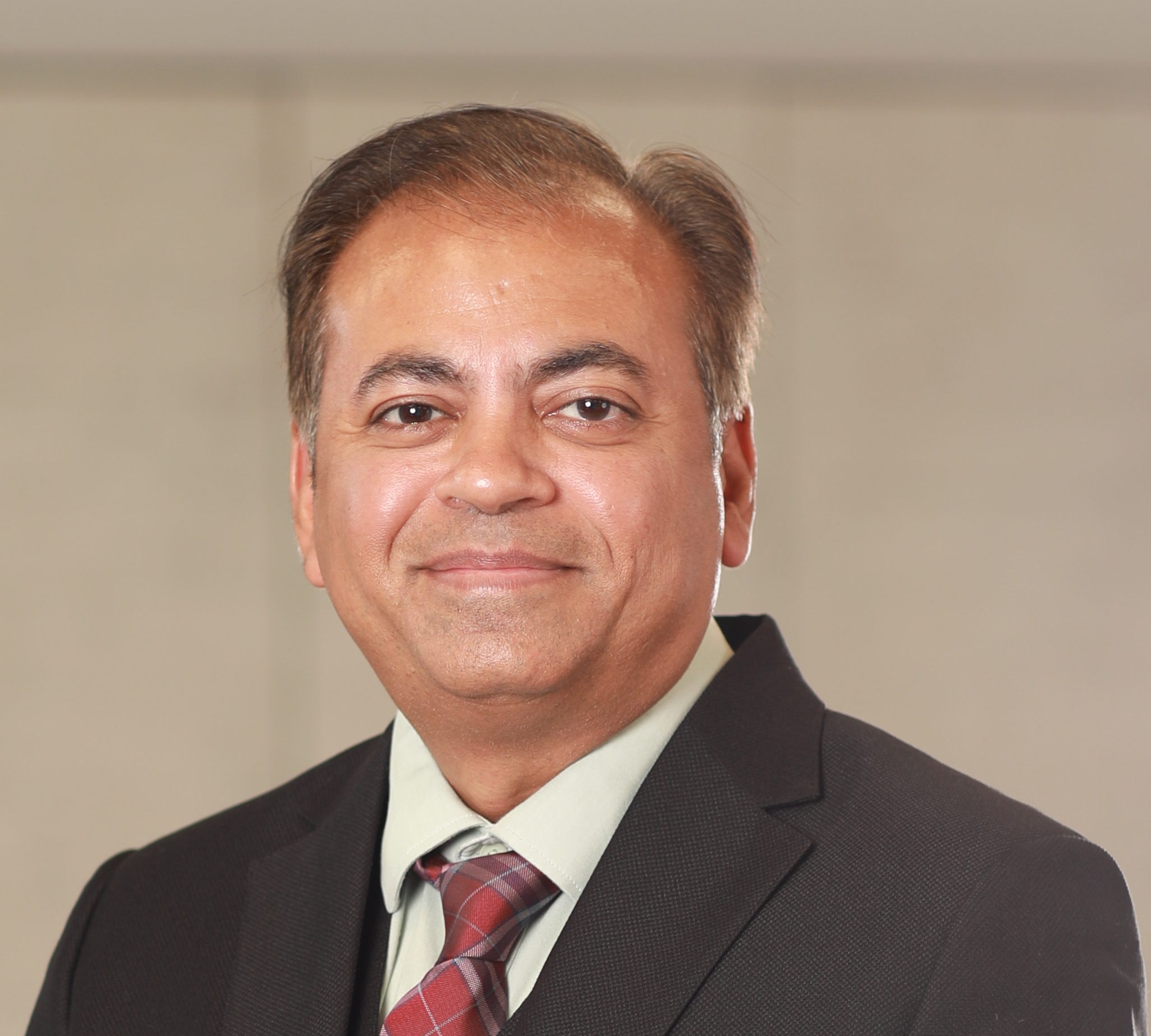
Modern data centers need to do more with less by optimizing capacity, reducing risks, and controlling costs. In this session, we’ll explore how DCIM software powered by automation streamlines operations, enhances efficiency, and drives significant savings. Learn how DCIM capability such as auto power budgeting is transforming decision-making on capacity management and resource planning at scale. Through a high-level demo using words, visuals, and real-world examples, we’ll showcase what’s possible.

Is the community view of data centres still largely ‘unformed’? What evidence do we have for what the wider public outside the data centre and associated industries think? How does the opinion and information provided by media outlets outside the industry shape the view of the industry among different groups? Does this matter – if so, why? If not, why not – should it?




Connectivity is a critical requirement for datacenters and cloud as they act as key enablers of the digital age. Data and services are transmitted to and from (other) data centers, to intermediaries and end-consumers across the world and, in some cases, beyond it. The expectation is of lower latency, faultless reliability and greater speed. As cloud, colocation and hybrid infrastructure continue to diversify services and increase their digital footprint across Australia, how well are each of these options prepared for the demands of an era based increasingly on connectivity?





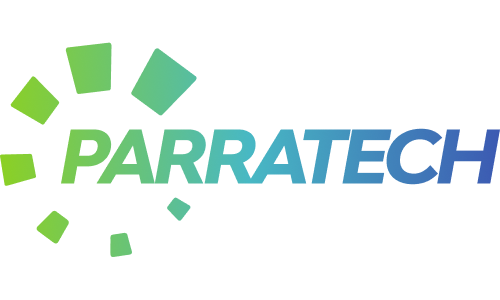
Please bring the registration confirmation email with QR code sent to your email to the registration area in order to get a badge printed to enter the event.
Upon successful completion of registration through the W.Media website, your QR code will be sent to your email address.
Cloud and Datacenter professionals and media partners are welcome to attend. All attendees must register on the W.Media event page.